What is HDTVI and why to choose HDTVI security system?

HDTVI technology is not the same as analog image processing technology, HD digital technology, or IP megapixel technology. The biggest difference between this technology and others lies in that HDTVI combines the analog modulation-demodulation technology (transmission) of analog image processing with the high-resolution optical imaging of HD digital technology and IP megapixel technology. This provides HDTVI with the best of both worlds — high-resolution display and rapid analog transmission. The result is rapid analog transmission in a fast provisioning system that is easy to set up, but at the same time avoids the headaches common with network video systems, such as bandwidth instability, data packet loss, and latency.
Something you must know about HDTVI:
HDTVI can convert digital signals to analog, it will be able to extend the transmission distance, reduce the total cost, and less required storage capacity. Its transmission distance can be up to 300 ~ 500 meters through coaxial cable. In addition, HDTVI can send 75 ohm CVBS analog signals, as well as the realization of 30 FPS 1080P and 720P transmission; these are difficult to use other hd coaxial solution to do it. Users can even only replace their analog cameras and DVR with HD-TVI cameras and HD TVI DVR, you can get a new 1080p system, does not need any special knowledge or additional labor cost.
HDTVI is capable of long transmission distances. Its transmission distances of various coaxial cables are as follows:
- RG-59/U guarantees up to 500 meters of high-quality and reliable transmission at 720p;
- RG-59/U guarantees up to 300 meters of high-quality and reliable transmission at 1,080p;
- RG-6/U or higher specification cable guarantees up to 650 meters of high-quality and reliable transmission at 720p;
- RG-6/U or higher specification cable guarantees up to 400 meters of high-quality and reliable transmission at 1,080
Тhe HDTVI solution allows for remote control of the camera’s OSD on the HDTVI DVR client side. This is achieved simply through connecting the DVR to the camera via the coaxial cable. Once that is done, the end user is able to, for instance, enter the PTZ menu in the video channel to control the camera’s functions and image parameters. The advantage of this technology is less upfront investment, as the coaxial cable transmits images and controls the cameras. Moreover, back-end remote control of the camera allows for more precision and saves valuable time.
As an open solution,HDTVI is a future-oriented technology, high compatibility and interoperability, and other product characteristics. HDTVI DVR, for example, can be compatible with many brands of other 720p and 1080p video camera.

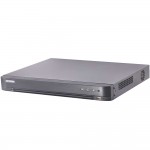
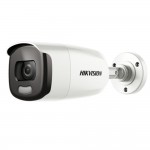
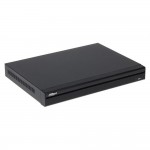
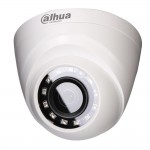
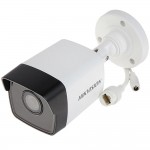
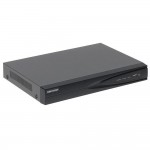
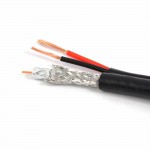
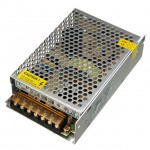
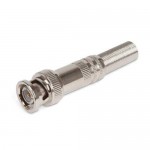
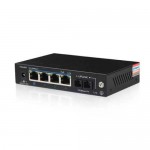
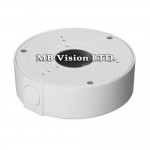
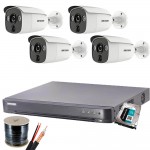
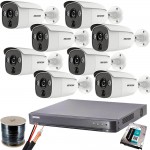
Leave a Comment